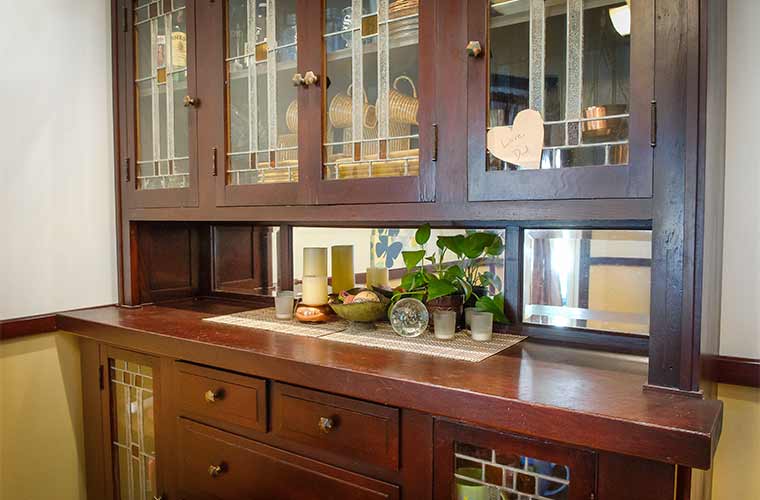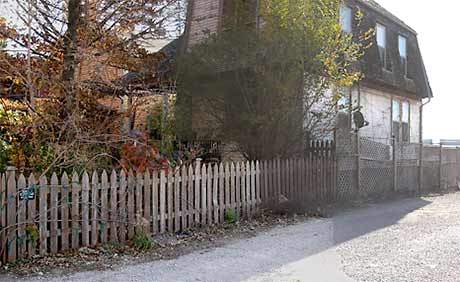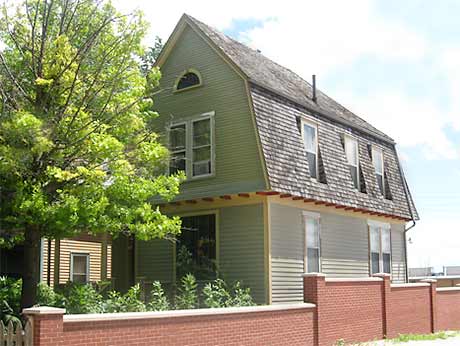So you’ve got an old home that could be defined as historic. Congratulations! You are the owner of history, tradition and a structure that was built to stand the tests of time. But it’s not 1937 and you’d like to start remodeling but are not sure exactly which path to take. It all depends on the goals you have for your home.

Honoring the past and the home’s history is important to some homeowners. To embrace a traditional aesthetic, they will research how to restore the home to its original splendor. For others, a bigger priority may be remodeling to make the home’s spaces more functional and comfortable for a modern family. Or you may find yourself somewhere in between, “sure, I want to honor the home’s past, but does that mean we all have to use one bathroom?”
So let’s get you started by taking a look at some of the ways you can start thinking about remodeling options for your older home.
The Four Approaches to the Treatment of Historic Properties
First, let’s look at some official definitions and guidelines about historic home remodeling. The US Department of the Interior through the National Park Service (the governmental body responsible for the “preservation and protection of our nation’s heritage”) defines four approaches to the treatment of historic properties. The below definitions are linked to a comprehensive list of standards, from the National Park Service, for each type of approach.
Preservation focuses on the maintenance and repair of existing historic materials and retention of a property’s form as it has evolved over time.
Rehabilitation acknowledges the need to alter or add to a historic property to meet continuing or changing uses while retaining the property’s historic character.
Restoration depicts a property at a particular period of time in its history, while removing evidence of other periods.
Reconstruction re-creates vanished or non-surviving portions of a property for interpretive purposes.
Make Your Older Home the Home That Works For You

Before photo of a turn-of-the-century Des Moines house. The homeowners wanted to make exterior updates while maintaining the original intent of the design.

Working closely with the client, the Silent Rivers team worked on this rehabilitation project to make the home more period correct. We added a brick wall for character, repaired windows and siding and rehabilitated the unique Dutch gable roof.
To better illustrate, here are some examples of what these different approaches could mean for your older home remodel. Remember that any of these approaches may qualify for state historic tax credits as long as the proposed work doesn’t destroy the character-defining elements of the building. See last week’s article Historic Home Rehabilitation and How Tax Credits Can Help for more detail.
Preservation
You would go down the preservation path if you wanted take a snapshot (remember cameras and film) of your home as it exists today and preserve it for the future. This approach allows for needed repairs of building materials and systems, say a fresh coat of paint or repairing a broken window. Essentially, you would be stopping the clock on your home now.
Rehabilitation
This path gives you the most leeway to combine the old and the new. Rehabilitation allows you to update the content of your historic home while being respectful of its character. If you wanted to remodel your kitchen, but you wanted to do it in a contemporary style, you could do it following the National Park Service guidelines.
Restoration
Think of this approach as if you have a historic home that George Washington, the president – not your friend’s cousin, slept in but it has been through a number of less-than-sensitive updates. Restoration would take your home back to the time when President Washington was passing through. You would make your home correct to that specific period in history.
Reconstruction
When it’s time to rebuild the detached garage in the backyard, think of it more like the original carriage house that was there. Reconstruction builds something new in the same fashion as it was originally built so people can understand the historic techniques and materials that would have been used. Living History Farms in Des Moines, Iowa is also an example where the buildings were built to tell the story of a time in the past. Out of all these approaches, reconstruction is least likely to qualify for tax credits since new construction is not an eligible historic tax credit expense.
Recognize the Virtues of Owning an Older Home
There are challenges within each of these approaches to remodeling a historic or older home. But there is also value in updating your older home. If your older home needs updates or maintenance, remember that a historic house was intentionally designed to be maintained, and it can be repaired, whereas many newer homes need material replacements. You can consider many options for your remodel. But what it comes down to is your individual perspective. It’s about how you want to balance honoring the home’s history and original design with modernizing the house to keep it vital and livable for generations to come.
No matter which approach your historic remodel, be sure to do plenty of research and contact qualified professionals when you have questions. Getting more information about Silent Rivers’ specialized Historic Preservation services can get you started.